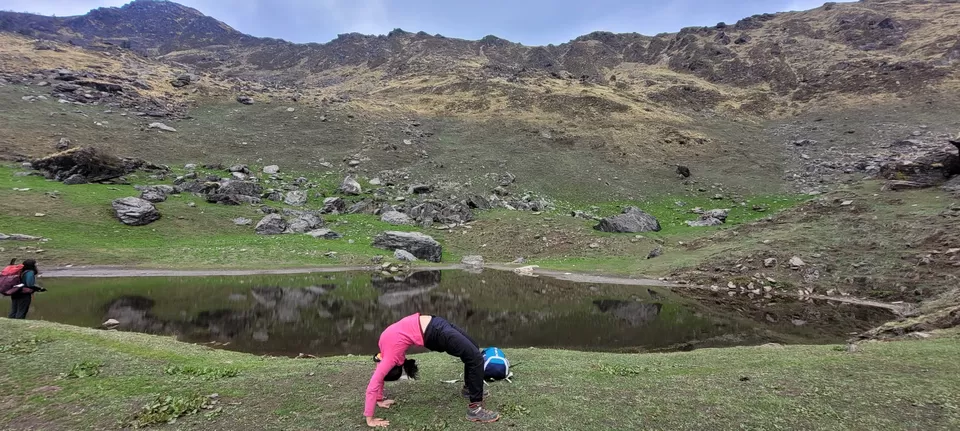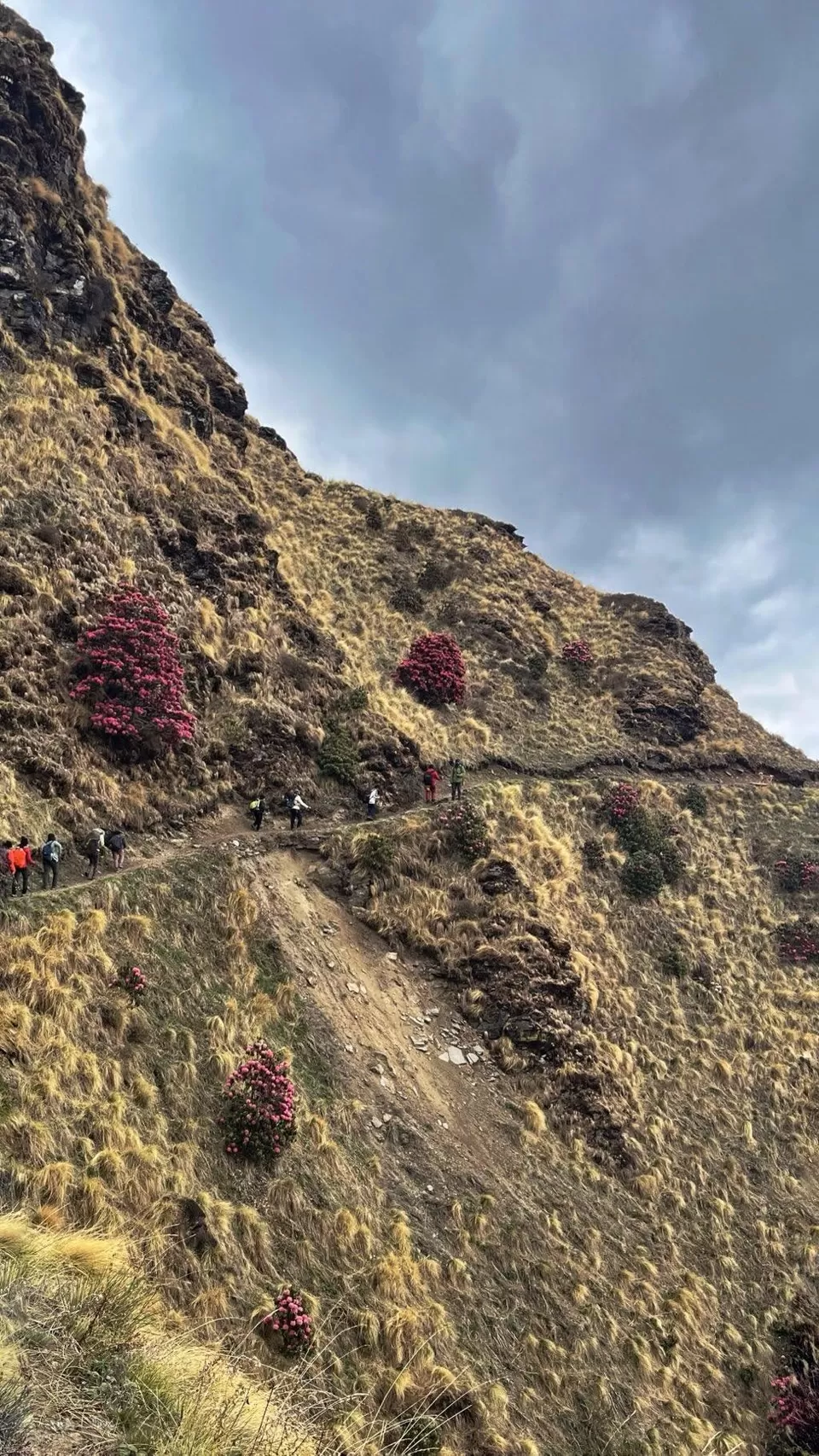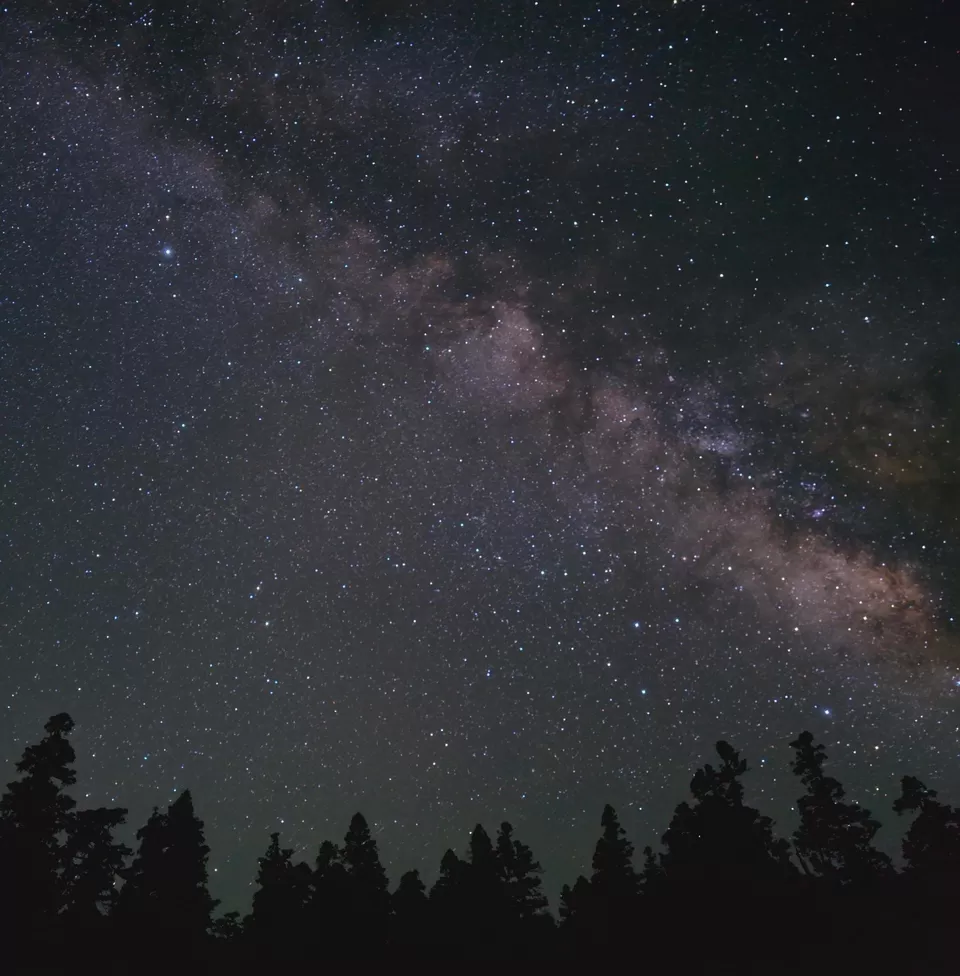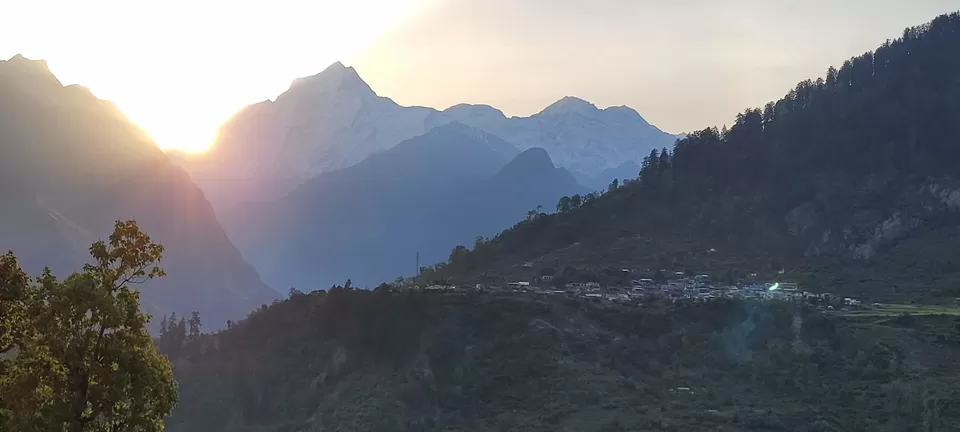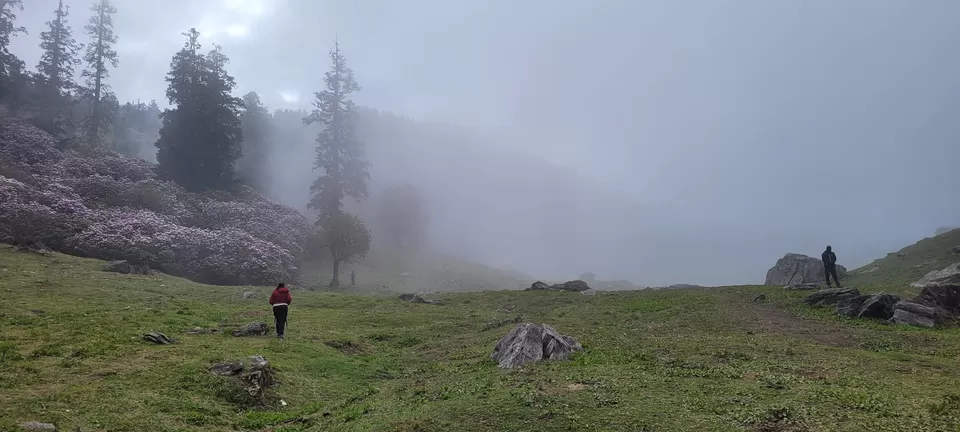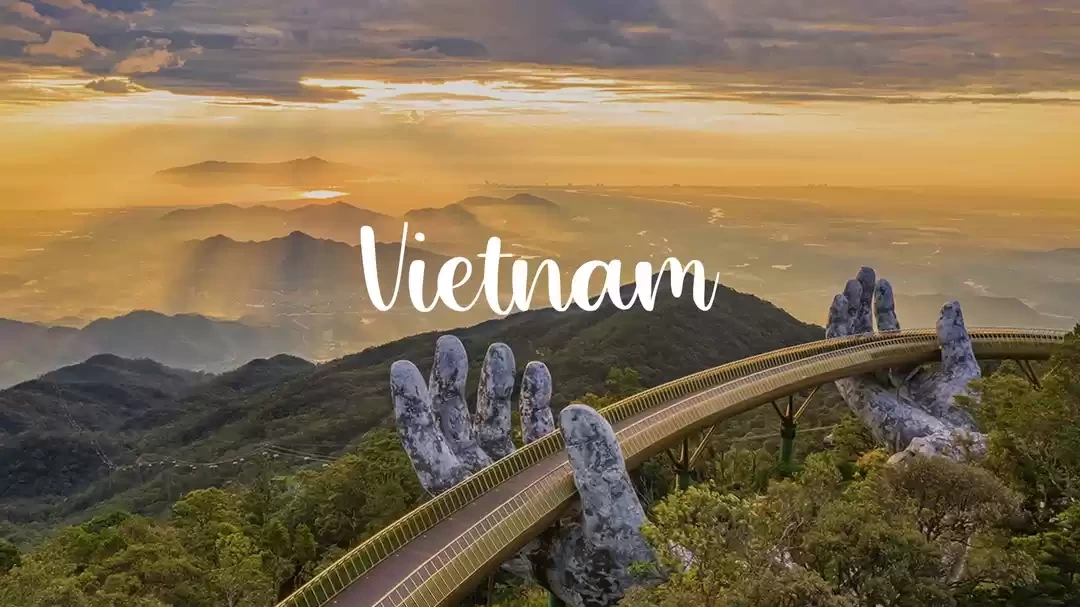
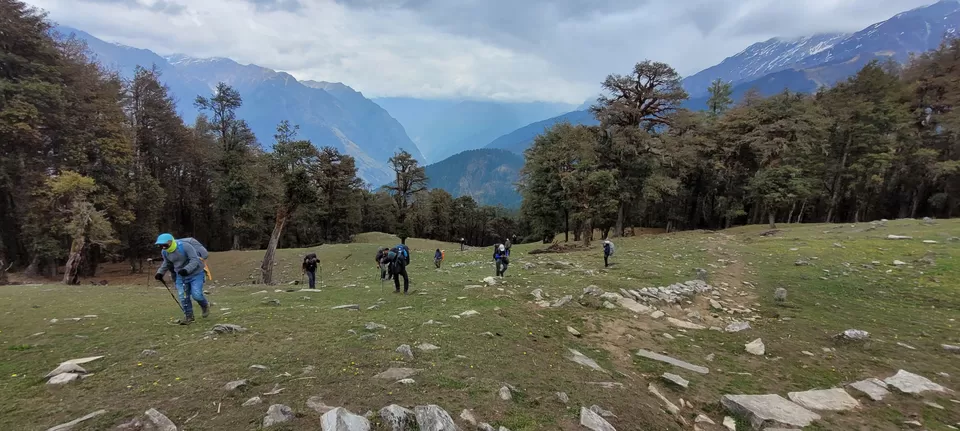
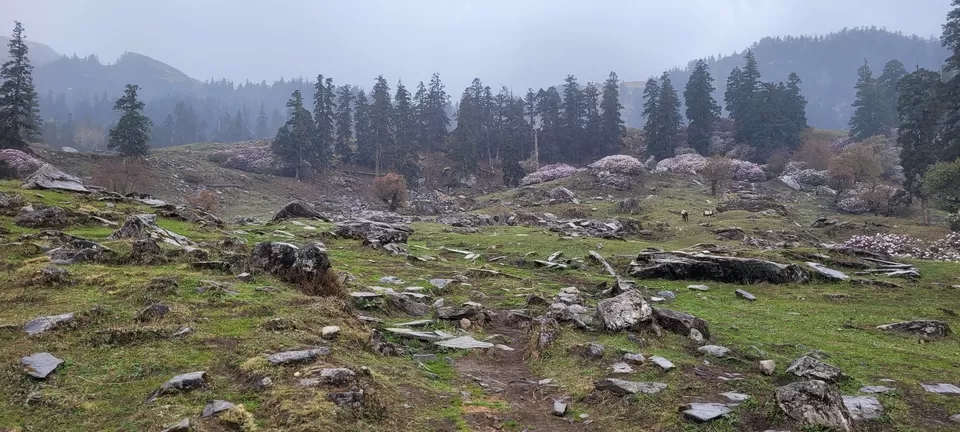

The Kuari Pass Trek, also known as the Curzon Trail, is a stunning trek in the Garhwal region of Uttarakhand, India, celebrated for its panoramic views of the Himalayan giants, serene forests, and cultural richness. Sitting at an altitude of about 3,800 meters (12,500 ft), Kuari Pass literally means "doorway" or "gateway"—and true to its name, it opens the door to some of the most spectacular Himalayan vistas in India. The trek passes through ancient forests, remote villages, and sacred landscapes that can stir a deep connection with nature and spirit.
Trek Duration: 6 days
Best Time: March–June (spring/summer) and September–December (autumn/winter)
🛤️ Typical Itinerary:
Day 1: Rishikesh → Karchi (by road, ~250 km- 10 hours)
Day 2: Karchi → Akhrotghetta (Trek Distance: 2.75 km | Duration: 5-6 hours | Altitude gain: 7,785 ft to 9,264 ft)
Day 3: Akhrotghetta → Khullara (Trek Distance: 2.5 km | Trek Duration: 4-5 hours | Altitude gain: 9,264 ft to 11,014 ft)
Day 4: Khullara → Kuari Pass → Tali (Trek Distance: 7.65 km | Trek Duration: 8-9 hours | Altitude gain and loss: 11,014 ft to 10,890 ft via 12,516 ft)
Day 5: Tali → Auli → Dhak (Trek Distance: 8.10 km | Trek Duration: 7-8 hours | Altitude loss: 10,890 ft to 9,390 ft)
Day 6: Drive from Dhak to Rishikesh (by road, ~250 km- 10 hours)
🏞️ What You’ll See
- Towering views of Nanda Devi, Dronagiri, Hathi-Ghoda, Neelkanth, Kamet, and more.
- Dense oak and rhododendron forests, alpine meadows (bugyals), and mountain streams.
- Rustic Garhwali villages with traditional architecture and warm hospitality.
- The pristine Tali Lake, often reflecting the surrounding peaks.
- Snow-covered trails in winter and blooming meadows in spring.

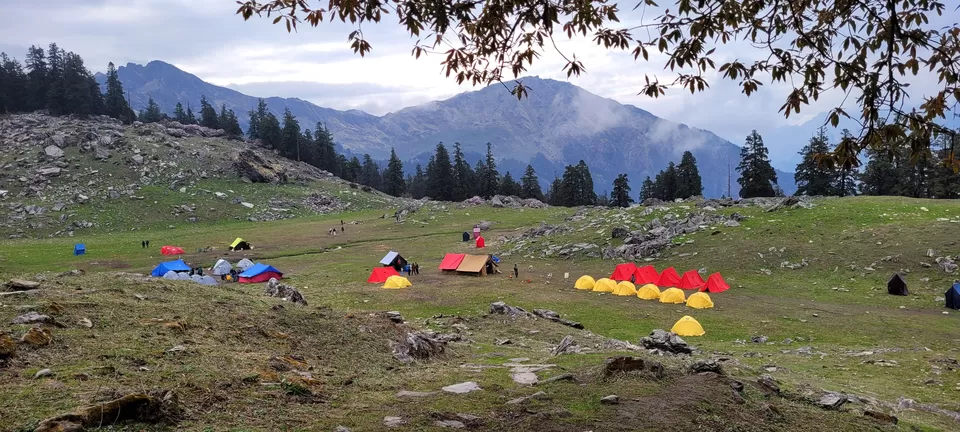

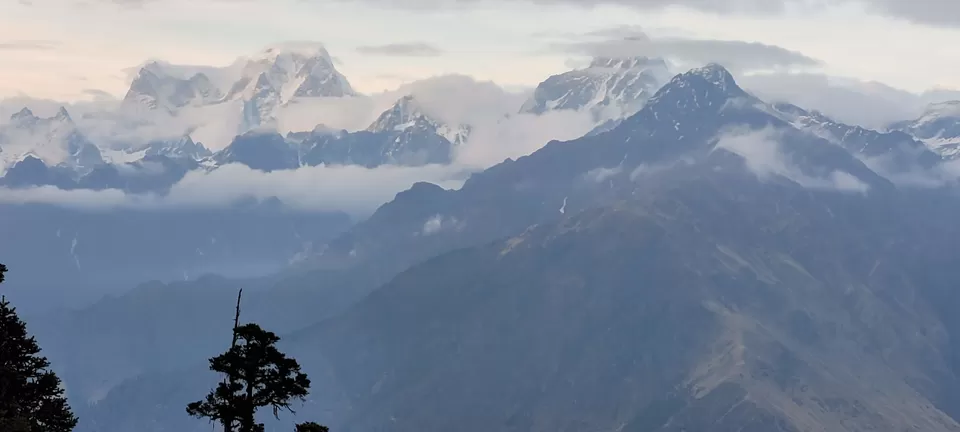
Spiritual Significance
The trail offers direct views of Nanda Devi, Dronagiri, and Kamet—all peaks that are not just majestic mountains but sacred embodiments of divine energies. In the Himalayan spiritual tradition, such views are not merely scenic but considered darshan—a holy glimpse of the divine. The forests, meadows, and caves around the trail have long been retreats for rishis (sages) practicing tapasya (austerity) and meditation. Locals speak of hidden sadhus and yogis in silence, continuing the tradition of renunciation and spiritual practice in the wilds. The name Kuari which means "gateway" or "pass" symbolically represents a threshold or transition:
- From the material to the spiritual
- From the known to the unknown
- From the outer world to the inner self
Many trekkers report an inner quietness, emotional release, or intuitive clarity during or after the trek—a modern echo of the ancient idea of pilgrimage.
Nanda Devi, soaring height of 7817 meters is not just a mountain; she is worshipped as a goddess, an incarnation of Parvati, the consort of Lord Shiva. The name "Nanda Devi" means “Bliss-Giving Goddess” (Nanda = joy/bliss, Devi = goddess). She is considered the patron deity of the Garhwal and Kumaon regions in Uttarakhand. Locals see her as a guardian and mother, protecting the people and the land.
In local lore, Nanda Devi is said to have left her palace to escape an unwanted marriage and took refuge in the mountain, making it her eternal home. The Nanda Devi Raj Jat Yatra, a grand pilgrimage held every 12 years, reenacts the past through a trek that symbolically escorts the goddess back to her divine abode in the mountains. The yatra covers treacherous terrain, reflecting the hardships of the goddess and the devotion of her followers. Climbing the peak is prohibited, out of reverence for the goddess. This restriction enhances the spiritual aura of the mountain.
The most well-known mythological connection of Dronagiri comes from the Ramayana, in the episode where Hanuman is sent to fetch the Sanjeevani Booti, a life-saving herb: During the battle in Lanka, Lakshmana, the brother of Lord Rama, is grievously injured. Lord Hanuman is tasked with retrieving the Sanjeevani herb, found only on a mountain in the Himalayas. According to many traditions, the herb is believed to have been located on Dronagiri Parvat (often identified with the Dronagiri region in the Kumaon Himalayas, Uttarakhand). Unable to identify the exact herb, Hanuman uproots the entire mountain (or part of it) and flies back to Lanka. The mountain we see today is what's left after Hanuman took a portion of it. Dronagiri is regarded as the abode of rare and powerful medicinal plants, especially those with healing properties. Many locals and yogic traditions believe that Sanjeevani still grows in this region, though it remains undiscovered.
Interestingly, in local folklore, Hanuman is not worshipped in the Dronagiri region as he tore away part of the sacred mountain, out of respect or fear that invoking him might disturb the mountain spirit again. Dronagiri has long been a destination for sages, yogis, and spiritual aspirants.
Though not labeled a “pilgrimage” in the traditional sense, the Kuari Pass Trek is deeply spiritual in nature. It follows the footsteps of saints and sages, traverses sacred lands, and grants views of divine Himalayan forms. For many, it becomes a transformational inner journey—where the physical path mirrors the soul’s ascent toward something greater, purer, and more eternal.

